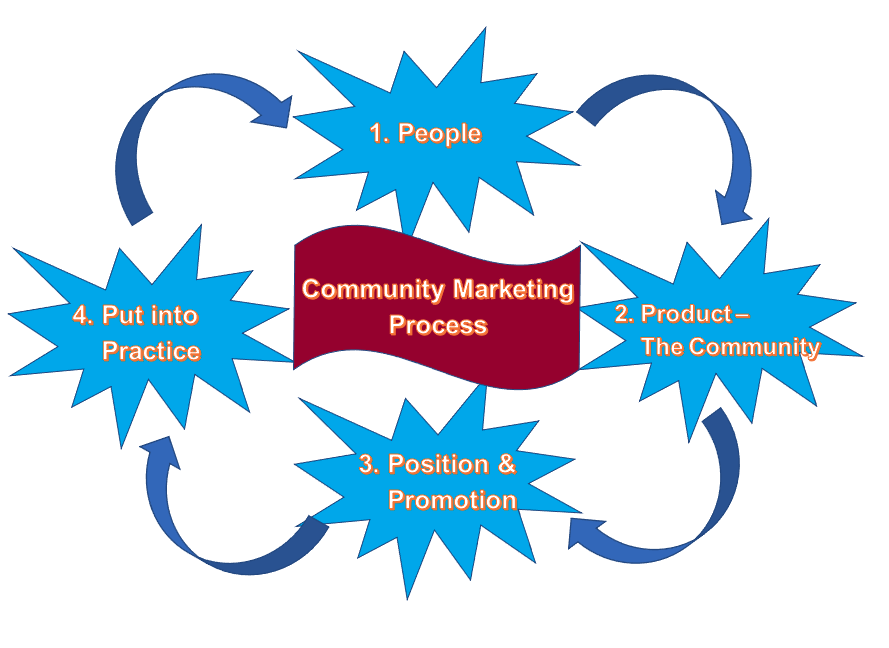Cornhusker Economics April 7, 2021
Steps to Become a Welcoming Community
Declining rural populations have been making the news for decades. There is little doubt that the trend line of the most rural counties across the country has been down (2020, Cromartie). Nearly 35 percent of the rural counties within the United States have experienced prolonged and significant population loss (Johnson & Lichter, 2019).
Just because some rural areas are declining does not mean that all areas are declining or are destined to decline. Rural population gains are often seen in high amenity counties that support both tourism and early retiree relocation and in counties that are located just beyond metropolitan borders. But those are not the only places where gains are being made. Rural areas across the nation are becoming more culturally diverse with “racial and ethnic minorities accounting for 83 percent of rural population growth between 2000 and 2010” (Johnson, 2012).
Added to these national trends is the new large-scale experience of remote work that developed as a result of the 2020 pandemic. Those experiences may have blurred the lines between home and work, both for the employer and employee. The implications of remote work on a larger societal scale are still unknown for rural areas but the possibilities of living and working anywhere are intriguing.
All of these changes are opening up new opportunities for the recruitment of potential community members into rural areas. Some areas are realizing that the quality of life they provide can be marketed and is often one of the key relocation factors for people looking to move to rural areas from suburban and urban areas (Cantrell, Burkhart-Kriesel, Johnson, Narjes, Vogt, 2008; Winchester, 2012).
Quality of life can mean different things to different people. Current community members may not be able to see the community assets through the eyes of a potential newcomer. If you can’t see what a potential new community member identifies as a benefit to living there, then it becomes impossible to communicate those benefits to potential newcomers. It is no surprise that some new community members have specifically mentioned that rural communities do not do a good job of marketing themselves to new people looking to relocate (Burkhart-Kriesel, Cantrell, Hodur, Narjes, Vogt, 2014).
In the business world the term “marketing’ is used to explain the varied ways a business connects a product or service to a customer. Typically, it incorporates the 4 “P’s: 1) product, 2) price, 3) place and 4) promotion. If you are wanting to market a community, a slightly different approach is needed. In community marketing the “P’s” can be reimagined as: 1) people; 2) product; 3) position and promotion; and 4) put it into practice. The illustration and description below show how they connect:

1st - People
It is important to understand the connection people have with the community. As a type of market research, it is vital to identify and appreciate what new residents want as they think about relocation, the type of experience current newcomers are having now and also what the community potentially has to offer them.
2nd - Product: The Community
This is the time to take a hard, objective look at the benefits of living in the community. You also must look at those benefits through the eyes of potential newcomers. It is an opportunity to make your best case for residing in the community.
3rd - Position & Promotion
There are always ways to create a more welcoming place. It is critical that actions reach out to new groups that represent a variety of potential newcomers, even reaching out to groups of people that might have been overlooked in the past. Once identified, then find creative and effective ways to promote and publicize the community as a great place to live, work and play for all.
4th - Put into Practice
Finally, it is time to take action to strengthen what the community has as assets, create what is needed and then promote the community as a relocation destination site. This becomes a package of actions that connect with each other. Some actions are short term while others are long term but for those with perseverance, the rewards can be substantial. Ultimately putting ideas into action requires connections back to the people encouraging the process to continue.
For rural communities wanting to double down on their efforts to recruit and retain new community members, the community marketing “P’s” listed above are an asset-based launching pad for a productive community discussion that can lead to action. The realistic “can do” approach is worth taking a second look at as rural areas strive to grow their communities.
References
Johnson, K. & Lichter, D. (2019). Rural depopulation in a rapidly urbanizing America. Carsey Research, National Issue Brief #139, Winter. University of New Hampshire Carsey School of Public Policy. Available at: https://scholars.unh.edu/carsey/358/
Cromartie J. (2020). Modest improvement in nonmetro population change during the decade masks larger geographic shifts. Amber Waves – UDSA Economic Research Service, July. Available at: https://www.ers.usda.gov/amber-waves/2020/july/modest-improvement-in-nonmetro-population-change-during-the-decade-masks-larger-geographic-shifts/
Johnson, K. (2012). Rural demographic change in the new century - slower growth, increased diversity. Carsey Institute, Issue brief No. 44, Winter. University of New Hampshire Carsey Institute. Available at: https://scholars.unh.edu/carsey/159/
Cantrell, R., Burkhart-Kriesel, C., Johnson, B., Narjes, C., & Vogt, R. (2008). Moving to the rural Great Plains: Point of origin differences in the decision-making process. Great Plains Research. 18(2), 155-164. Available at: https://www.researchgate.net/publication/251166337_Moving_to_the_Rural_Great_Plains_Point_of_Origin_Differences_in_the_Decision_Making_Process
Burkhart-Kriesel, C., Cantrell, R., Hodur, N., Narjes, C., Vogt, R. (2014). Marketing rural communities: A qualitative study on the power of community images. Community Development - Journal of the Community Development Society. 45(2), 181-194. Available at: https://www.tandfonline.com/doi/abs/10.1080/15575330.2014.890632?needAccess=true&journalCode=rcod20
Winchester, B. (2012). Continuing the Trend: The Brain Gain of the Newcomers: A Generational Analysis of Rural Minnesota Migration, 1990 - 2010. University of Minnesota. Extension. Extension Center for Community Vitality. Available at: https://hdl.handle.net/11299/171648.
Extension Specialist, Community Vitality
Panhandle Research and Extension Center
University of Nebraska-Lincoln